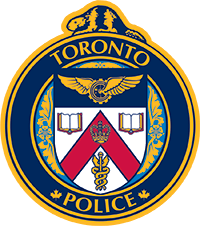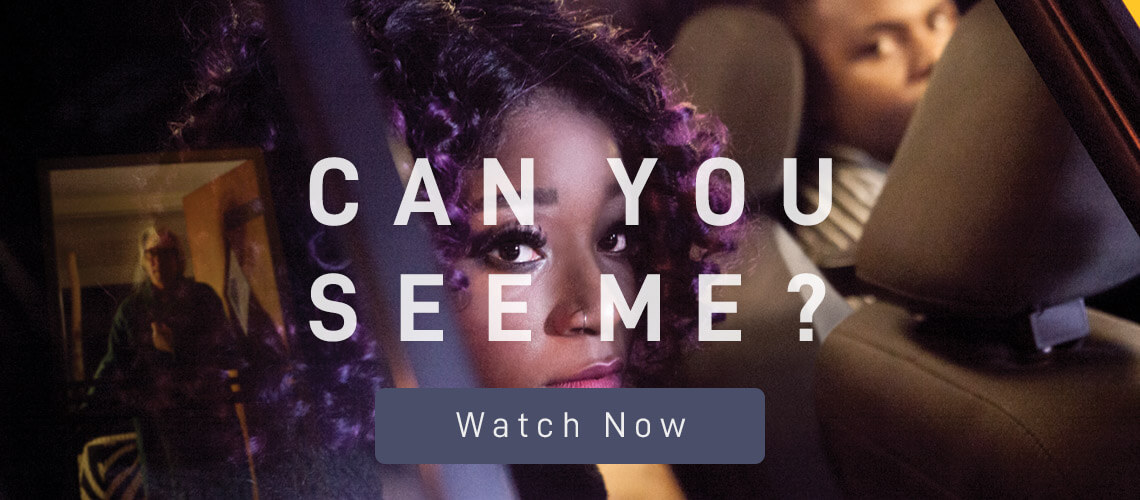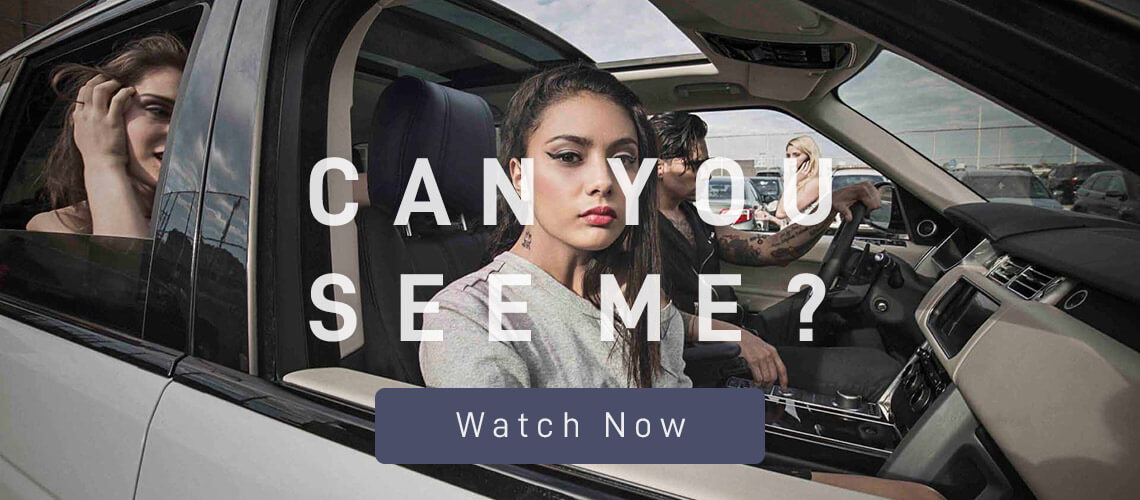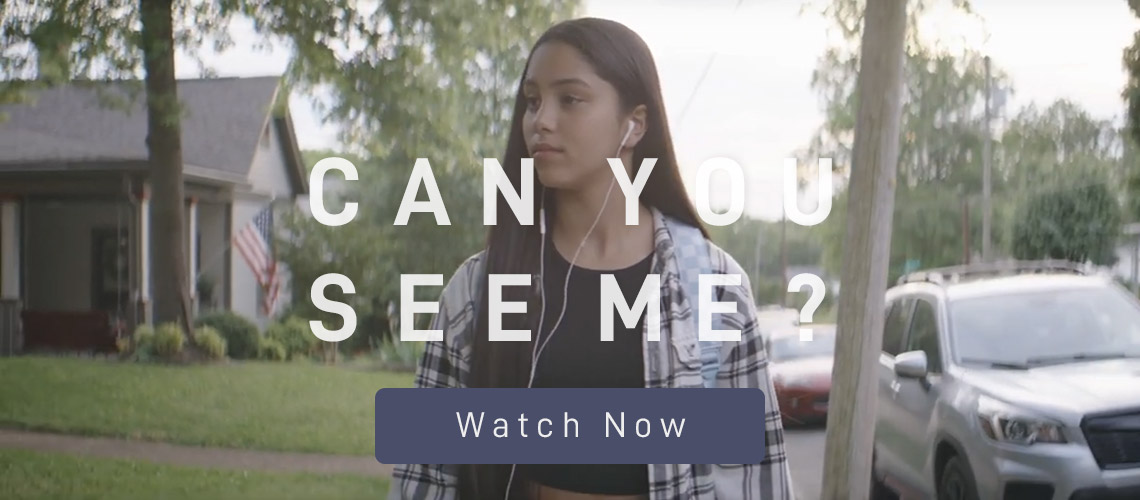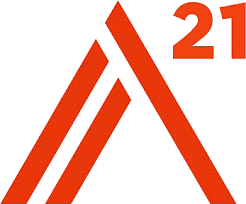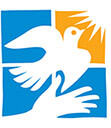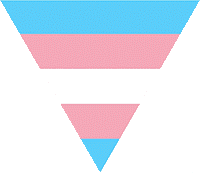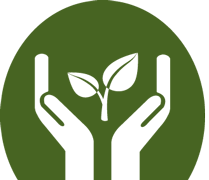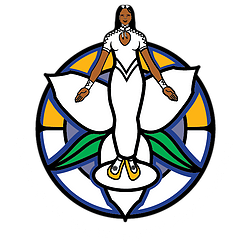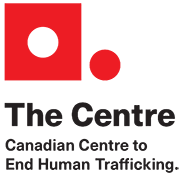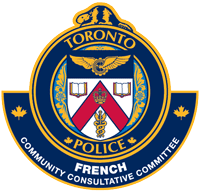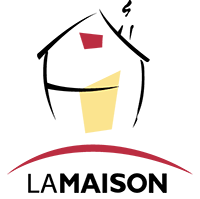Trafficking scenarios, depicted by actors, to provide real-life examples of what trafficking may look like.
A Guide for Human Trafficking Survivors
It is important for you to know that the Toronto Police Service (TPS) is here to provide assistance and support. The TPS believes that everyone impacted by human trafficking and sexual exploitation should be treated with respect and dignity, fairness and honesty and in a professional and bias-free manner. Our duty is to bring an appropriate resolution to the case by conducting a professional and thorough investigation, while at the same time providing you with the necessary information and resources to assist you.
As someone impacted by human trafficking, you have taken an important step by accessing this guide and/or browsing through our website. Enclosed in this resource guide is information on human trafficking investigations, possible outcomes and the criminal court process.
If you do not want to make a report to the police, or you need time and support to make that decision, we have partnered with many other agencies that can help you during this difficult time. A list of these agencies and their contact information is located on this website.
Our goal is to identify, arrest and prosecute the person(s) responsible. At the same time, we support the choices that you as the survivor make with respect to the process that is best for you.
For the purposes of this website we use the term "survivor/victim". We recognize that people who have been subjected to human trafficking, sexual exploitation and/or sexual violence have the right to choose how they want to be identified.
Can You See Me?
A21 is a non-profit organization whose "Can You See Me?" videos aim to turn awareness into action by giving people enough knowledge to report tips to Police and National Hotlines when they suspect trafficking, so they can identify and help victims.
Click on the scenarios below to learn more and watch the videos. Sex trafficking and online recruitment are depicted in the videos.
WARNING: The content of the following videos may be disturbing for some viewers.
CAN YOU SEE ME?
Story
This young girl was 15 years old when she first met her trafficker. She was a typical 15 year old who lived at home and attended high school. She was online using social media when a cute guy contacted her. She was excited because he was a bit older in his early twenties and was interested in her. He told her how beautiful she was and how lucky he was to have met her. She used to study with her friends before, but that seemed boring compared to hanging out with him. After "dating" for a short time, he asked to send some explicit pictures of herself. She was a bit hesitant, but he told her how much he loved her, that any girl his age would do it, and that if he couldn't be with her he could look at her picture. He wanted to be with her all the time. He bought her new clothes and told her to wear some more make up. This wasn't her normal style, but she wanted to look pretty the way that he wanted her to. After a month of dating, lavishing her with attention and making her feel like the most important person in his world, he said that he wanted to keep buying her nice clothes and treating her well, but that she needed to help out. He asked her to have sex with a man for money. He told her that it would be just once and that it would be fun. He begged her and she just wanted to make him happy. He gave her a drug that made the whole experience foggy. She didn't want to do it, but she wanted to make him happy and figured it was just once. But then he kept telling her she had to do it. He took her to a place to get a tattoo. She didn't want to at first, but he said it was because he was proud that she "was his" and wanted everyone to know she belonged to him. He said if she loved him she would do it. She just wanted to show him how much she loved him. She got mad at him once, but then he put his hands on her and got really scary. He told her that she belonged to him. This became a cycle. He would be physical with her one minute and tell her he loved her the next. She was so confused - he was so different now. She wanted to get out, but didn't know how, and now she needed that drug he kept giving her, or everything would hurt.
Law
Human Trafficking (Section 279.01) of the Criminal Code is defined as follows:
Every person who recruits, transports, transfers, receives, holds, conceals or harbours a person, or exercises control, direction or influence over the movements of a person, for the purpose of exploiting them or facilitating their exploitation is guilty of an indictable offence."
For a charge under this offence, the evidence must indicate that the suspect has: Recruited, transported, transferred, received, held, concealed, or harboured the victim, or exercised control, direction or influence over the movements of the victim; and done this for the purpose of exploiting the victim or facilitating their exploitation
Human trafficking includes three elements:
- Act: recruiting, transporting, transferring, harbouring, or receiving people
- Means: threat or use of force, coercion, abduction, fraud, deception, or abuse of power, or paying someone in control of the victim.
- Purpose: exploitation
Some of the top methods that Traffickers use as a form of control is emotional abuse, substance abuse, and dependency. A very common recruitment method Traffickers use is false promises of love, attention and affection which makes the victim believe they are in a romantic relationship. Traffickers take advantage of the undeveloped psyche of adolescents to sexually exploit them for their own gain. It's not uncommon for victims to be recruited and trafficked into the sex trade, even while attending school. Some of these victims may not realize that what the Trafficker is doing is illegal.
It's important to be aware of the signs and report any suspicions or concerns that a victim is being potentially trafficked to the Human Trafficking Enforcement Team at (416)808-4838
Indicators Depicted by in this Scenario 1
- Appears to be a minor
- May be involved in commercial sex
- Appears to be under the influence of drugs or alcohol
- Displays signs of physical or sexual violence / visible scars or bruises they are unable or unwilling to explain
- Tattoos, brands, or other marks indicating "ownership" by the perpetrator
- Significant change in demeanor, once outgoing and now appears unhappy, disconnected and/or does not smile often
- Child starts to isolate herself from her friends and community
- Child has an appearance that does not fit the current situation (new look, new clothes or shoes, nails/hair done)
- Change in clothing style or appearance either in person or postings online; dresses in a provocative manner, inconsistent with her true age
- Child lies about age or identity
- Presence of an overly controlling or abusive "boyfriend," or an older female
- The "boyfriend" or older female exerts control in a subtle manner, with a look of the eyes or touch of the hand
- May have been disciplined through punishment
- Facial expression and body language display fear and anxiety
- Child is preoccupied with "getting money"
1 While no single indicator confirms the existence of sex trafficking, several indicators combined can increase the likelihood of sexual exploitation. There is no single profile of a trafficking victim. Victims of human trafficking can be anyone, regardless of race, color, national origin, disability, religion, age, gender, sexual orientation, gender identity, socioeconomic status, education level, or citizenship status.
CAN YOU SEE ME?
Trafficking scenarios, depicted by actors, to provide real-life examples of what trafficking may look like.
Story
In this scenario, this young girl was 16 years old when she first met her trafficker. After years of conflict, neglect, and abuse in a tense home environment, she felt her only alternative was to run away. She was escaping a difficult situation but as a 16-year-old did not have the means to provide for herself (food, shelter and/or safety). Alone and scared at the bus station, she encountered a girl who said she wanted to help her. The girl explained she also had a similar home environment and that she understood. She said that she and her "boyfriend" could help her out. What other choice did a 16-year-old girl alone on the streets have? They seemed nice…at first. They provided her with food, clothing, and a place to live. But the "boyfriend" ended up being a trafficker and after manipulating her with false promises to take care of her, told her she needed to pay him back for all the money he spent on her food, clothes, and housing. He verbally and physically abused his "girlfriend" in front of her, and threatened that he would do the same to her if she didn't repay him. He said she owed him. She was a 16-year- old runaway. She couldn't get a job or go to her parents for the money. The only person who had shown her kindness and took care of her when she desperately needed it now told her he needed her help to pay the bills. He then started to sell her for sex and gave her clothes to make her look older. He made his "girlfriend" take her to customers using cabs and ride-share services. His "girlfriend" acted tough sometimes but seemed really scared around him. He said that he could monitor their every move - and that he would kill both of them if they did not return with his money. She doesn't want to do this, but doesn't know what to do. She just wants to survive.
Law
Human Trafficking (Section 279.01) of the Criminal Code is defined as follows:
Every person who recruits, transports, transfers, receives, holds, conceals or harbours a person, or exercises control, direction or influence over the movements of a person, for the purpose of exploiting them or facilitating their exploitation is guilty of an indictable offence."
For a charge under this offence, the evidence must indicate that the suspect has: Recruited, transported, transferred, received, held, concealed, or harboured the victim, or exercised control, direction or influence over the movements of the victim; and done this for the purpose of exploiting the victim or facilitating their exploitation
Human trafficking includes three elements:
- Act: recruiting, transporting, transferring, harbouring, or receiving people
- Means: threat or use of force, coercion, abduction, fraud, deception, or abuse of power, or paying someone in control of the victim.
- Purpose: exploitation
Many sex trafficking victims can be runaways, with little or no support from friends or family. Often they are controlled by their addictions and lured into the profession with false promises of security and access to those substances. Most sex trafficking victims have been groomed and conditioned to believe their exploiter is trustworthy and not someone using them; others are controlled by fear and brutality. Some sex trafficking victims are recruited into the sex trade by other females who are controlled by the trafficker. Individuals being sex trafficked interact with the public at various times in seemingly innocuous situations such as when taking cabs, trains, and buses.
It's important to be aware of the signs and report any suspicions or concerns that a victim is being potentially trafficked to the Human Trafficking Enforcement Team at (416)808-4838
Indicators Depicted by in this Scenario 1
- May be providing commercial sex
- Runaway youth
- Child has an appearance that does not fit the current situation (a homeless, runaway, who has money, electronics, new clothes or shoes, nails/hair done)
- Child dresses in a provocative manner inconsistent with her true age
- Child lies about age or identity
- Presence of an overly controlling or abusive "boyfriend," or older female
- The "boyfriend" or older female exerts control in a subtle manner, with a look of the eyes, or touch of the hand
- Facial expression and body language display fear and anxiety
- Appears submissive
- Evidence of travel
- Not free to leave or come and go as she or he likes
- Permits others to speak for them when asked a question
- Act as if they were instructed by someone else
- Have no access to their parents or guardians
- Be escorted whenever they go to and return from "work"
- References travel to other cities or states or is not from the current location, may lack knowledge of travel plans, destination or even their current location
1 While no single indicator confirms the existence of sex trafficking, several indicators combined can increase the likelihood of sexual exploitation. There is no single profile of a trafficking victim. Victims of human trafficking can be anyone, regardless of race, color, national origin, disability, religion, age, gender, sexual orientation, gender identity, socioeconomic status, education level, or citizenship status.
CAN YOU SEE ME?
Trafficking scenarios, depicted by actors, to provide real-life examples of what trafficking may look like.
Traffickers meet their victims everywhere-parks, malls, online... you name it. And with the impact of COVID over the past year+, people are spending more time on their phones than ever before. It's no surprise the rise of social media platforms and gaming chatrooms have opened doors for offenders to interact with more vulnerable people, especially children and teens.

